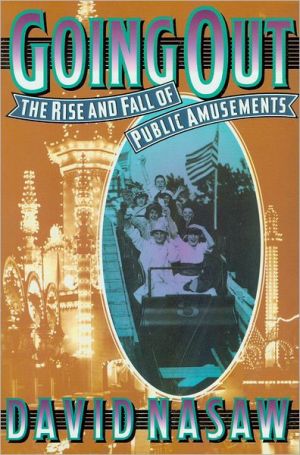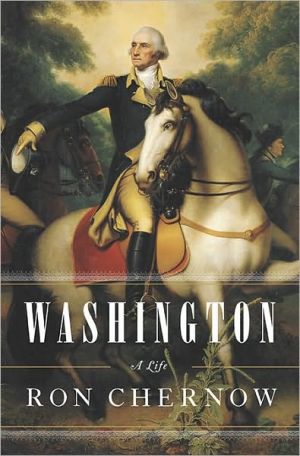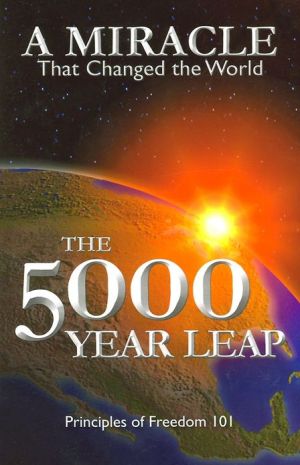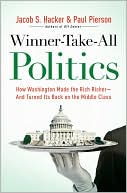Going Out: The Rise and Fall of Public Amusements
David Nasaw has written a sparkling social history of twentieth-century show business and of the new American public that assembled in the city's pleasure palaces, parks, theaters, nickelodeons, world's fair midways, and dance halls.\ The new amusement centers welcomed women, men, and children, native-born and immigrant, rich, poor and middling. Only African Americans were excluded or segregated in the audience, though they were overrepresented in parodic form on stage. This stigmatization of...
Search in google:
David Nasaw has written a sparkling social history of twentieth-century show business and of the new American public that assembled in the city's pleasure palaces, parks, theaters, nickelodeons, world's fair midways, and dance halls. The new amusement centers welcomed women, men, and children, native-born and immigrant, rich, poor and middling. Only African Americans were excluded or segregated in the audience, though they were overrepresented in parodic form on stage. This stigmatization of the African American, Nasaw argues, was the glue that cemented an otherwise disparate audience, muting social distinctions among "whites," and creating a common national culture. Publishers Weekly A professor of history at the City University of New York, Nasaw here presents an involving, well-crafted history of popular entertainments in the U.S. over the past two centuries, concentrating not only on the amusement businesses themselves, but also on their sociological effects. In examining 19th-century American ``museums'' (often simply sideshows), vaudeville, amusement parks, World's Fair midways, baseball parks, phonograph parlors, nickelodeons and cinema palaces, he focuses on the ``sense of civic sociability they nourished and sustained'' in our cities until the advent of television and the growing perception of the danger of urban centers contributed to their decline. Conscious of racism, Nasaw examines the vital role these amusements played in integrating white immigrants into American society while demeaning African Americans and excluding them from this public sociability. Photos not seen by PW . (Nov.)
Acknowledgments1. Introduction2. Dollar Theaters, Concert Saloons, and Dime Museums3. "Something for Everybody" at the Vaudeville Theater4. "The Best Smelling Crowd in the World"5. The "Indecent" Others6. The City as Playground: The World's Fair Midways7. "The Summer Show"8. The National Game9. "Laughter and Liberty Galore": Early Twentieth-Century Dance Halls, Ballrooms, and Cabarets10. Talking and Singing Machines, Parlors, and Peep Shows11. "The Surest Immediate Money-Maker Ever Known"12. The First Picture Shows13. "The Pernicious 'Moving Picture' Abomination"14. Combination Shows, Stars, and Features15. Waving the Flag16. Palaces for the People17. Decline and FallList of AbbreviationsNotesIndex
\ New York Times Book ReviewDavid Nasaw's fine history of public amusements in urban America is such a welcome contribution to contemporary cultural debate...Nasaw unearths fascinating details about everything from the early history of the movies to pre-World War I dance crazes; and he raises fundamental questions about the web of connections joining commercial play, public space and cultural cohesion.\ — Jackson Lears\ \ \ \ \ \ The NationNo other book brings together so much material about so many different urban entertainment forms—and connects their history with a few simple and powerful overarching themes.\ — Warren Goldstein\ \ \ \ The New YorkerAn effervescent social history.\ \ \ \ \ \ Publishers Weekly\ - Publisher's Weekly\ A professor of history at the City University of New York, Nasaw here presents an involving, well-crafted history of popular entertainments in the U.S. over the past two centuries, concentrating not only on the amusement businesses themselves, but also on their sociological effects. In examining 19th-century American ``museums'' (often simply sideshows), vaudeville, amusement parks, World's Fair midways, baseball parks, phonograph parlors, nickelodeons and cinema palaces, he focuses on the ``sense of civic sociability they nourished and sustained'' in our cities until the advent of television and the growing perception of the danger of urban centers contributed to their decline. Conscious of racism, Nasaw examines the vital role these amusements played in integrating white immigrants into American society while demeaning African Americans and excluding them from this public sociability. Photos not seen by PW . (Nov.)\ \ \ \ \ Library JournalHistorian Nasaw chronicles the rise of amusement parks, vaudeville, world's fairs, baseball games, movie houses, and other public amusements in the late 19th and early 20th centuries. The origin of each amusement is sketched in a chapter or two, including in every instance a mention of how ethnic and class barriers were affected and how blacks were consistently excluded. The anecdotal style is engaging, but the narrative often only skims the surface. The chapter on baseball, for example, is a mere eight pages long. The last chapter, on the fall of public amusements, leaves one wondering if the decline was a consequence of racial integration and changing urban demographics or if in fact public amusements are as popular as ever, only in new forms. An optional purchase for history collections.-- Eric Hinsdale, Trinity Univ. Lib., San Antonio\ \ \ \ \ BooknewsA study of the rise of public amusements in the late 19th and early 20th centuries and their decline and fall in the post-World War II decades. Nasaw (history & American studies, CUNY) looks at the social and economic contexts of phonograph and kinetoscope parlors; vaudeville halls and 10-20-30-cent melodrama theaters; world's fair midways; and amusement parks, ballparks, dance halls, and picture palaces. Annotation c. Book News, Inc., Portland, OR (booknews.com)\ \








